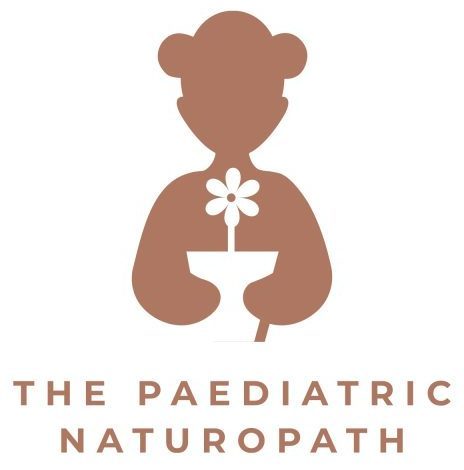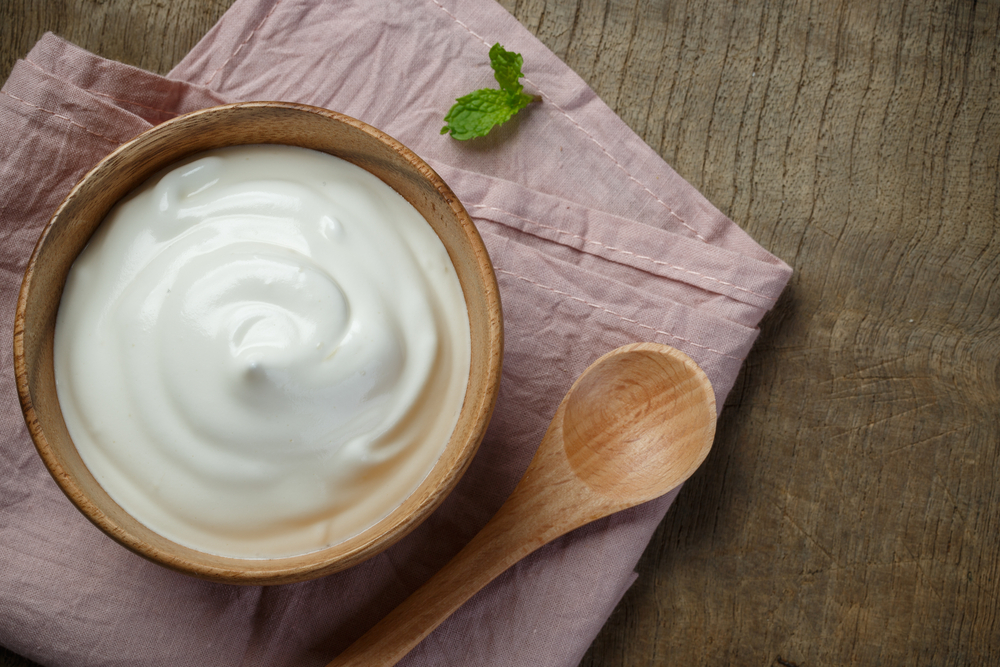Yoghurt is a traditional food which has been enjoyed for thousands of years. It is made by fermenting milk, with certain bacteria or ‘cultures’.
Fermenting the milk changes the sugar in the milk, the lactose, into lactic acid. Plain yoghurt will have a tart or sharp taste because of the lactic acid.
Yoghurt made in this traditional way has lots of benefits. As with any fermented food, you are eating bacteria which is great for your gut health. Milk is much easier to digest once it has been fermented, so even people who are lactose intolerant might be able to consume it.
The traditional method of yoghurt making can be easily replicated at home. You just need a starter. This can be either some yoghurt (which you might have to buy), or some probiotics. To incubate the yoghurt, you can use an electric yoghurt maker, a thermos flask style yoghurt maker, or an oven with just the light turned on. It takes 24 hours fermentation to digest all the lactose.
If you are buying yoghurt, you need to read the ingredients carefully, as some yoghurts are very far removed from traditional yoghurt.
The best choice is a yoghurt with a very short ingredient list, preferably made from organic milk. These will often be in a larger tub, such as a 1kg container. The ingredient list should have full fat milk, cultures and very little else. There may be added milk powder which can be used to get a consistent product no matter what season (cow’s milk is a natural product and changes with seasons). Buying 1kg tub is also much cheaper and creates less plastic waste than buying smaller containers.
Squeezy yoghurts are super popular with kids, and a super expensive way to buy yogurt. This is the section of the fridge where you will find lots of food like substances masquerading as yoghurt. Taking a squeezy yoghurt to school is convenient, but make sure it is a healthy choice. Don’t rely on food in pouches too much as it doesn’t promote normal eating habits and jaw development.
My favourite ‘squeezy’ style yoghurt is Vaalia yoghurt with 3x the probiotic. The probiotic in this yoghurt is Lactobacillus rhamnosus LGG. This probiotic is great for reducing allergies in kids and improving gut health. This is not a perfect choice however, as sugar is the 4th thing on the ingredient list, and it also contains rice starch, acidity regulators, natural flavours and gelatin.
Another reasonable choice is Rafferty’s garden plain yoghurt with no added sugar. It literally contains milk, milk solids, cream and cultures. The pouch size is tiny though, only 70g, so this really only is for very little kids. It also costs about three times the price per kilo, compared to buying a 1kg pot.
Watch out for outlandish claims also. One Petit Miam squeezy yoghurt says on the front ‘with real fruit and veg and the goodness of milk’. Let’s examine this claim! It contains 4% beetroot. The pouch weighs 70g. 4% of 70g is 2.8g. Bear in mind a serve of vegetables is about 75g. This yoghurt contains 3% of a serve of vegetables!!




